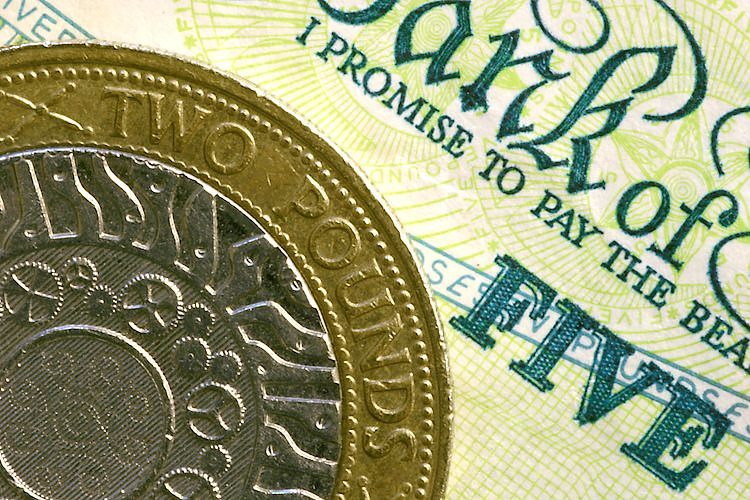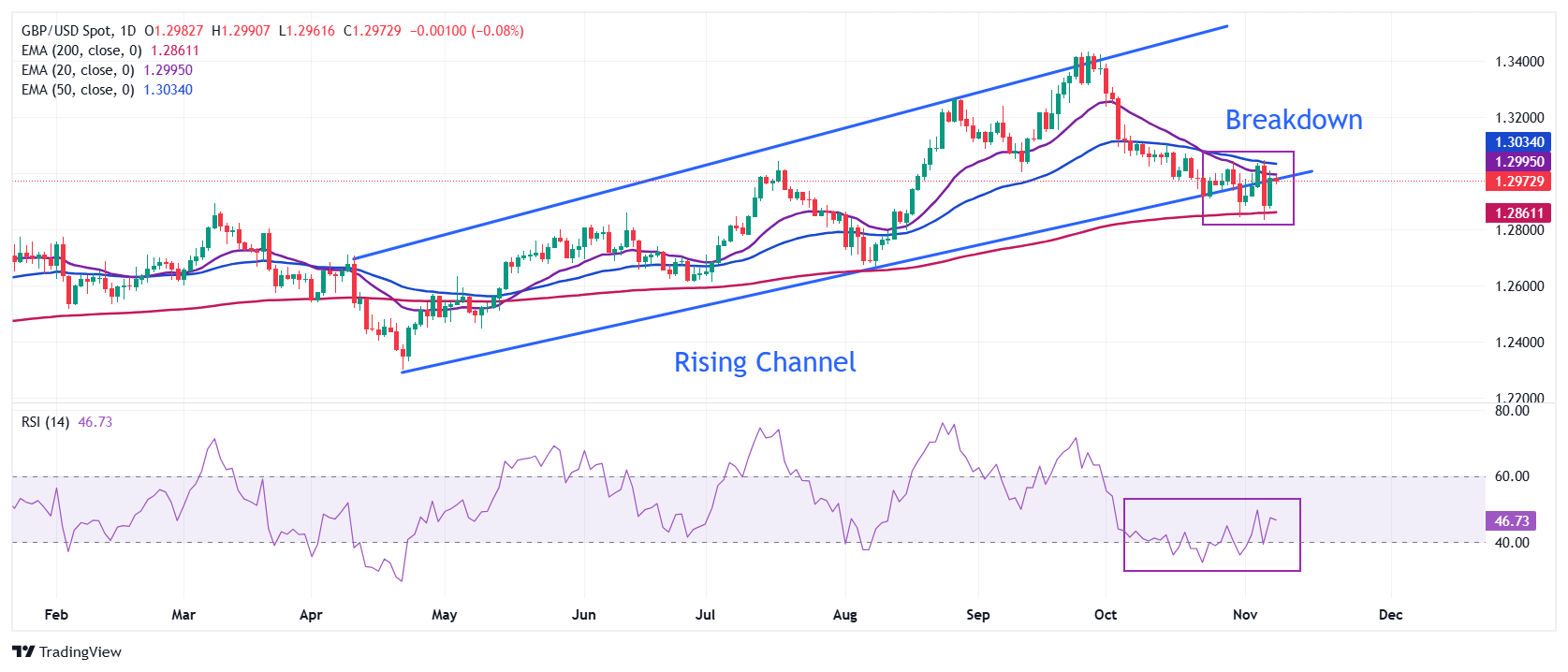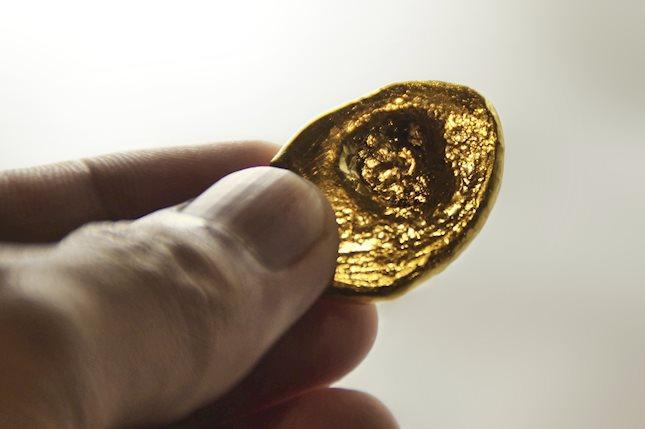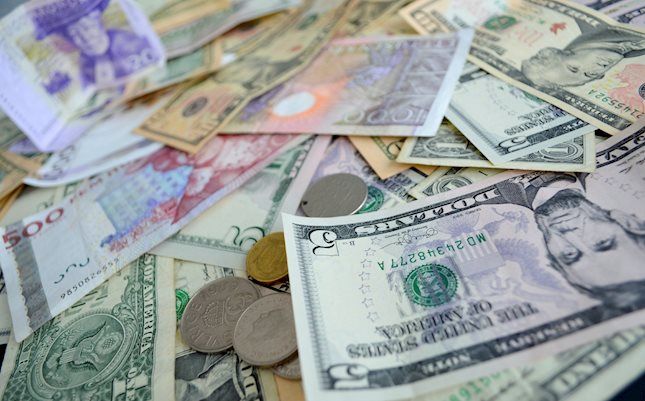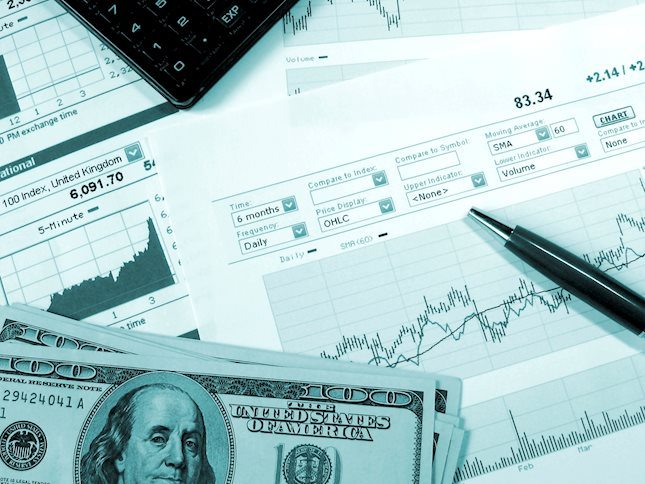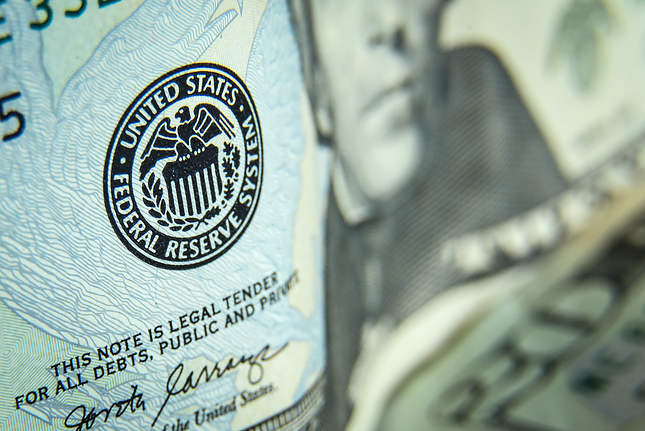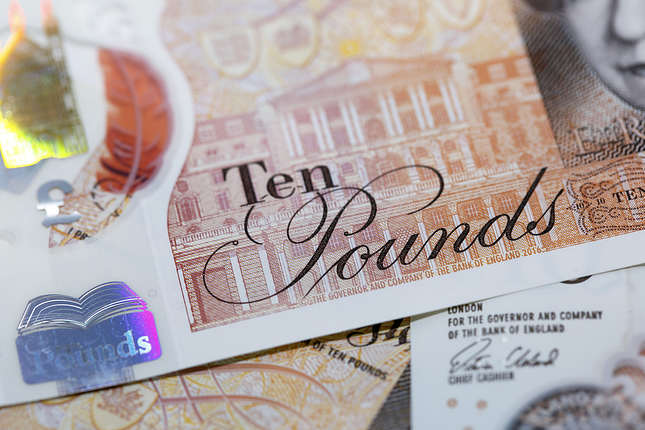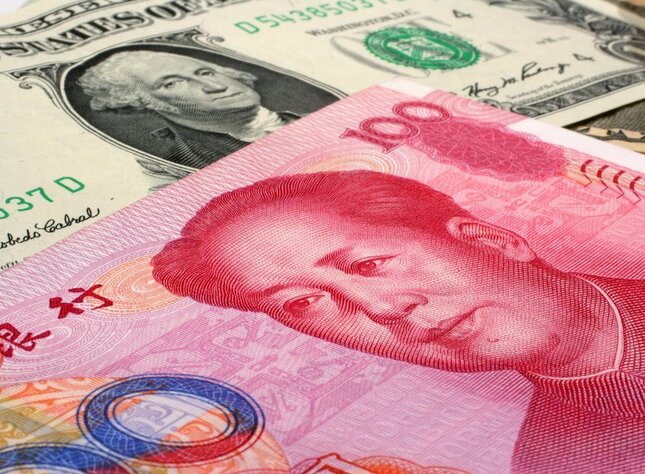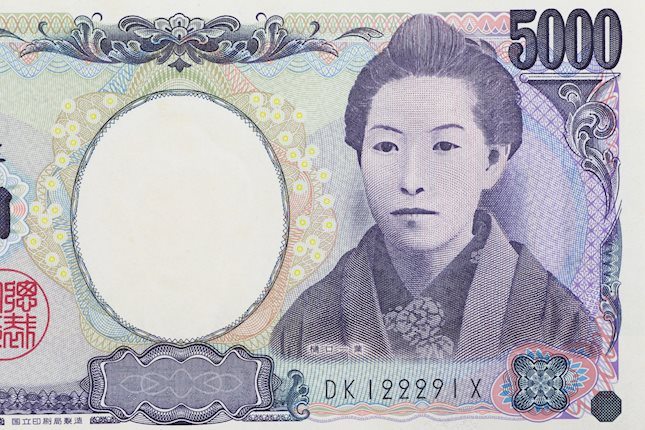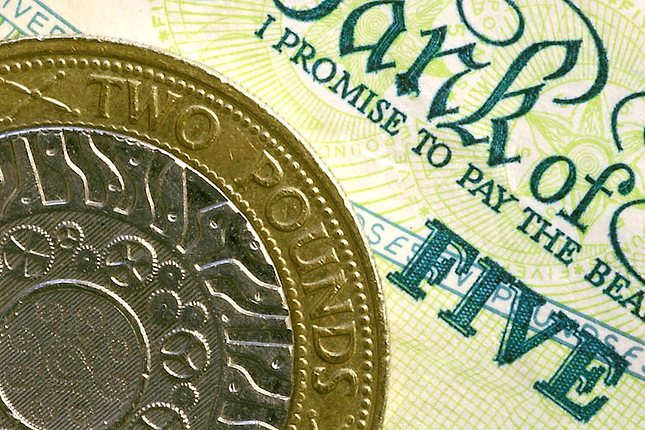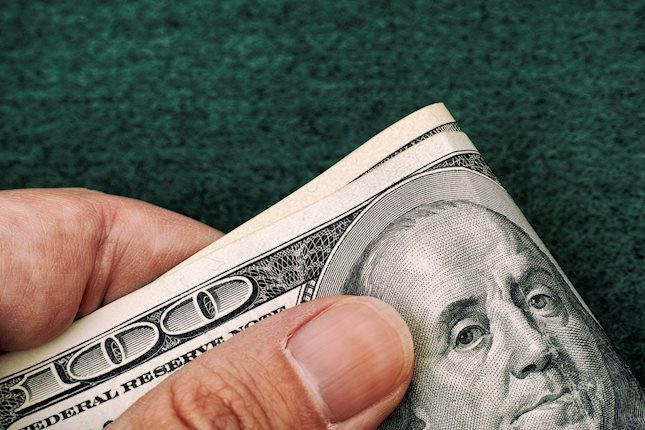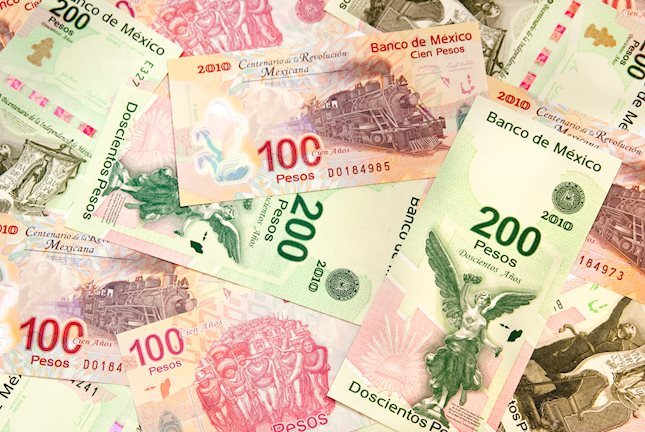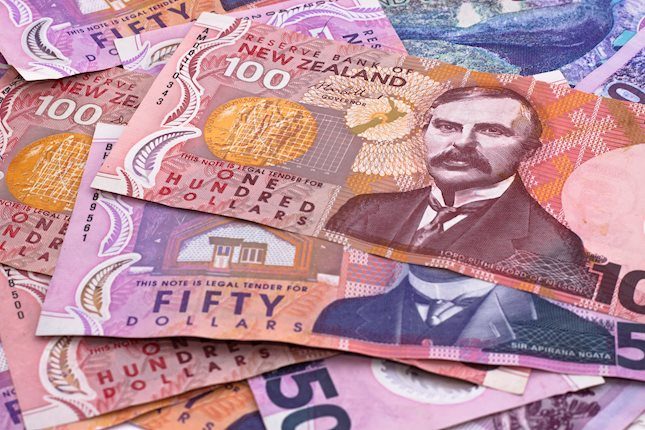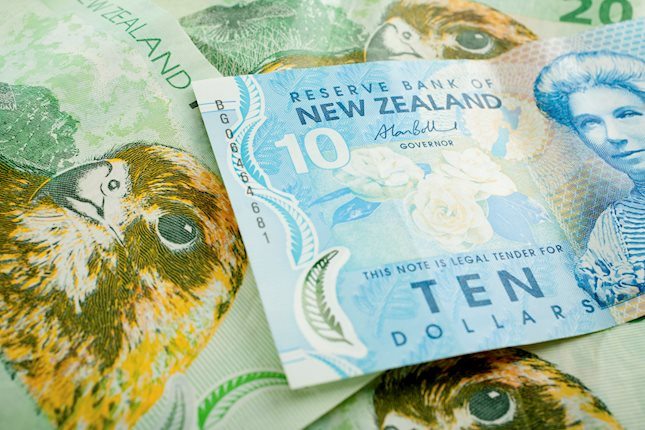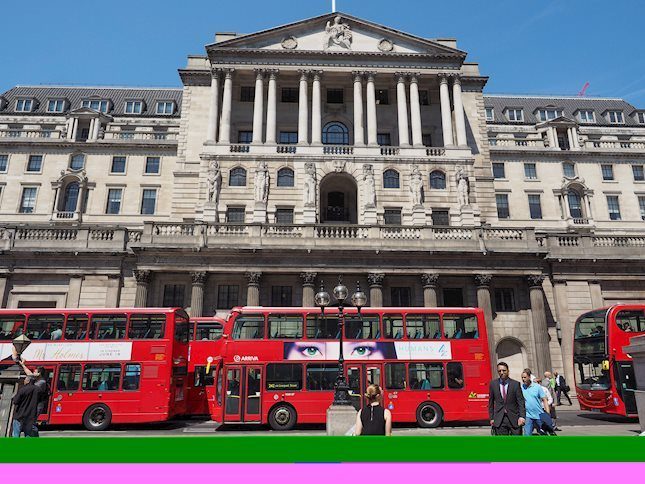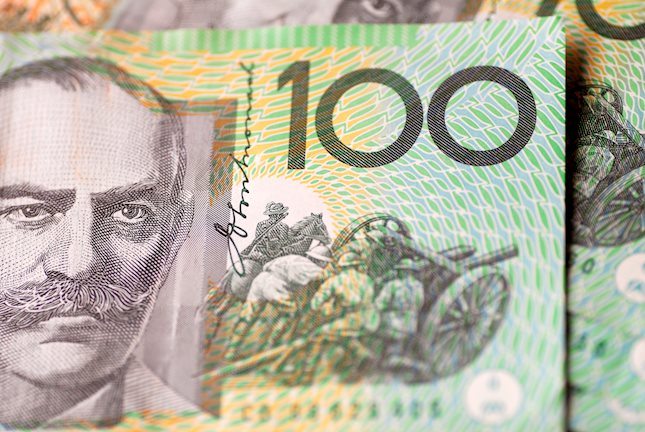Pound Sterling ticks down despite BoE signals gradual rate-cut cycle
- The Pound Sterling faces mild selling pressure on Friday despite the BoE favored a more gradual rate-cut path.
- Both the Fed and the BoE cut interest rates by 25 bps on Thursday.
- The Fed is expected to cut its key borrowing rates by 25 bps again in December.
The Pound Sterling (GBP) trades lower against the US Dollar (USD) below the psychological resistance of 1.3000 in Friday’s London session. The GBP/USD weakens slightly as the US Dollar rebounds after a sharp correction on Thursday. The US Dollar Index (DXY), which gauges Greenback’s value against six major currencies, trades in a tight range near 104.50.
The Greenback retraced almost 60% of Wednesday’s rally on Thursday as traders unwinded some of the so-called ‘Trump trades’ and the Federal Reserve (Fed) Chair Jerome Powell’s commentary was interpreted as slightly dovish. The US Dollar rallied in October and in the first week of November as traders priced in Republican Donald Trump’s victory in the United States (US) presidential election.
The Federal Reserve cut interest rates by 25 basis points (bps) to 4.50%-4.75%, as expected. Jerome Powell said in the press conference following the decision that he remained confident over the continuation of the policy-easing cycle, adding that the disinflation trend towards the bank’s target of 2% is intact and that there are some signs of slowing labor market conditions.
On Trump’s victory, Powell said he sees no near-term effects on the interest rate path and refrained from speculating about it. Trump’s victory is widely seen as inflationary, given that he promised to raise import tariffs and lower corporate taxes in his election campaign.
According to the CME FedWatch tool, the likelihood of an interest rate cut of 25 bps to 4.25%-4.50% in the December meeting is 71.3%.
In Friday’s session, investors will focus on Fed Governor Michelle Bowman’s speech for fresh interest rate guidance, which is scheduled at 16:00 GMT. Still, it is uncertain if Bowman will talk about monetary policy as she participates in a symposium about banking.
Daily digest market movers: Pound Sterling to be influenced by UK employment
- The Pound Sterling trades cautiously against the majority of its pairs on Friday even though the commentary from Bank of England (BoE) Governor Andrew Bailey on interest rates on Thursday was less dovish than what market participants had anticipated.
- After the bank reduced its key borrowing rates by 25 bps to 4.75%, Bailey commented that interest rates will continue to fall gradually if the economy evolves as expected. However, he emphasized that the monetary policy will remain restrictive until the risks of inflationary pressures remaining persistent get dissipated.
- When asked about the impact of last week’s Autumn Forecast Statement on the interest rate path, Bailey said: "I don't think that it's sensible to conclude that the path of interest rates will be particularly different." However, Bailey also said that fiscal measures would boost the overall growth by around three-quarters of a percent at their peak in a year's time, pointing to stronger and relatively front-loaded paths for government consumption and investment, more than offsetting the impact on growth of higher taxes.
- Bailey refrained from making any presumption about the impact of US Donald Trump's administration on the UK economy but said that the central bank will remain vigilant to Trump's trade policy decisions.
- Going forward, investors will focus on BoE Chief Economist Huw Pill’s speech at 12:15 GMT for fresh interest rate guidance and the United Kingdom (UK) employment data for the three months ending September, which will be published on Tuesday.
Technical Analysis: Pound Sterling remains below 1.3000
The Pound Sterling trades at make or a break against the US Dollar near the breakdown region of a Rising Channel pattern, just below 1.3000 on Friday, after rebounding from a fresh 11-week low near 1.2830 on Wednesday. The GBP/USD pair remains well-supported by the 200-day Exponential Moving Average (EMA) around 1.2860.
However, the near-term trend is bearish as the 20-day and 50-day EMAs, around 1.3000 and 1.3035, respectively, are declining.
The 14-day Relative Strength Index (RSI) hovers near 40.00. A bearish momentum would resume if the RSI (14) fails to hold this level.
Looking down, the round-level support of 1.2800 will be a major cushion for Pound Sterling bulls. On the upside, the Cable will face resistance near the psychological figure of 1.3000.
BoE FAQs
The Bank of England (BoE) decides monetary policy for the United Kingdom. Its primary goal is to achieve ‘price stability’, or a steady inflation rate of 2%. Its tool for achieving this is via the adjustment of base lending rates. The BoE sets the rate at which it lends to commercial banks and banks lend to each other, determining the level of interest rates in the economy overall. This also impacts the value of the Pound Sterling (GBP).
When inflation is above the Bank of England’s target it responds by raising interest rates, making it more expensive for people and businesses to access credit. This is positive for the Pound Sterling because higher interest rates make the UK a more attractive place for global investors to park their money. When inflation falls below target, it is a sign economic growth is slowing, and the BoE will consider lowering interest rates to cheapen credit in the hope businesses will borrow to invest in growth-generating projects – a negative for the Pound Sterling.
In extreme situations, the Bank of England can enact a policy called Quantitative Easing (QE). QE is the process by which the BoE substantially increases the flow of credit in a stuck financial system. QE is a last resort policy when lowering interest rates will not achieve the necessary result. The process of QE involves the BoE printing money to buy assets – usually government or AAA-rated corporate bonds – from banks and other financial institutions. QE usually results in a weaker Pound Sterling.
Quantitative tightening (QT) is the reverse of QE, enacted when the economy is strengthening and inflation starts rising. Whilst in QE the Bank of England (BoE) purchases government and corporate bonds from financial institutions to encourage them to lend; in QT, the BoE stops buying more bonds, and stops reinvesting the principal maturing on the bonds it already holds. It is usually positive for the Pound Sterling.
Forex News
Keep up with the financial markets, know what's happening and what is affecting the markets with our latest market updates. Analyze market movers, trends and build your trading strategies accordingly.
